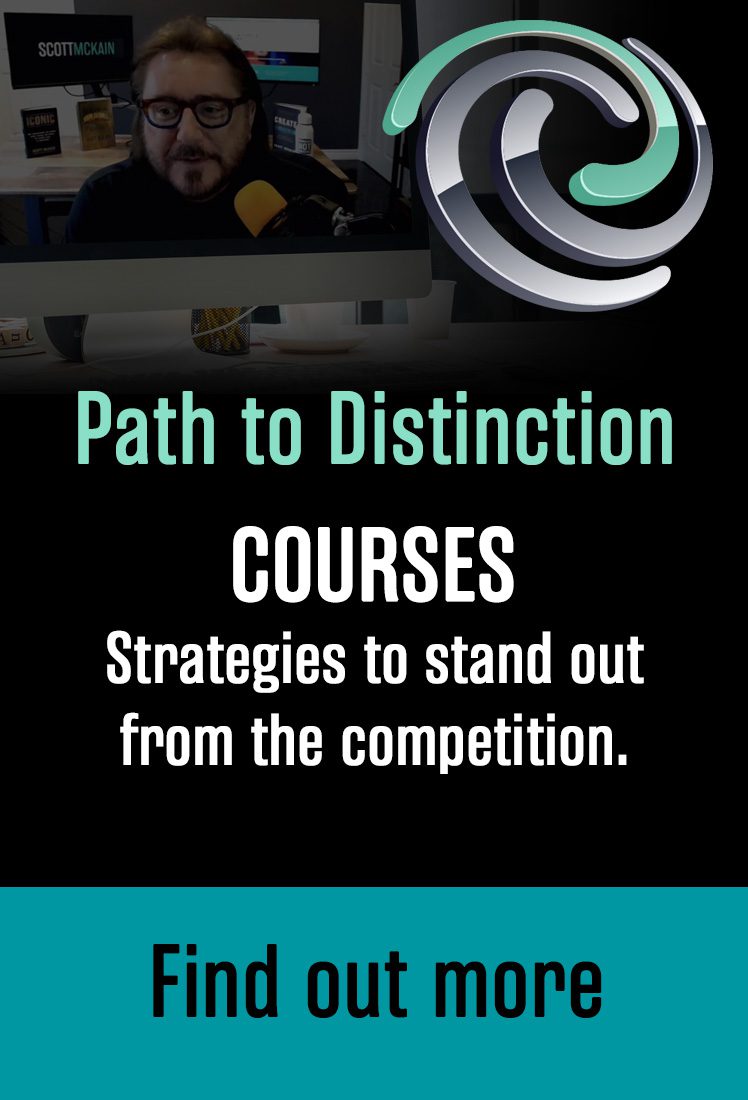At a recent event held at a Four Seasons hotel, an audience member for my keynote presentation came up following my program. “Hi,” he said, “I’m Jerry – and, boy, do I have a story for you!”
“Yesterday, my wife and I were dining at the breakfast buffet here at the Four Seasons,” Jerry told me. “As we proceeded down the line, I just happened to mention to my wife that I wished they had blueberries available. Don’t get me wrong — they had a beautiful array of fruit. It’s just that there weren’t any blueberries, which are my favorite!”
“Imagine my surprise,” Jerry continued, “when mere moments later, a Four Seasons team member came to our table with a bowl of the most beautiful blueberries you could imagine! A young lady happened to overhear my conversation with my wife. She told me, ‘We don’t want you to be disappointed with ANY part of your experience at Four Seasons!'”
As Jerry and I continued the conversation, he was supremely impressed with two aspects of this encounter:
- She listened to the customer.
- She took action to ensure the customer received exactly what he wanted.
Let’s examine both steps:
First, listening to the customer. This Four Seasons team member was tuned in to what Jerry wanted and needed. She didn’t just hear the words. She listened to the emotion behind them. Because she listened, she knew that blueberries were important to him and acted on it.
Listening is critical because it communicates to the customer that they are essential and that their wants and needs are a priority. How many times have you been in a customer service situation where you feel like you’re not being heard? We, as customers, feel like our voices are falling on deaf ears all too often. Too often, we as customer service professionals, stop at listening. We need to go the extra mile and take action to ensure that our customers receive what they want.
When we take the time to listen to our customers, it shows that we care about them and their experience.
Second, taking action to ensure the customer received exactly what he wanted. This Four Seasons team member not only listened but also took action to ensure Jerry’s happiness. She knew that blueberries were important to him, so she brought him a bowl of them.
Consider what the alternatives were for the employee —
- She could have been daydreaming or thinking about something else about her job and not tuned in to the customer.
- She could have thought, “We have LOTS of great fruit…and it’s not enough for this guy?”
- She could have told her manager, “By the way, a customer noted there weren’t blueberries. Maybe we should put some out tomorrow.”
Instead, she took ownership of the customer’s modest identification of a missing element.
Educating your team to own the problem and create the solution is critical.
Taking ownership of customer issues and being proactive in solving them is another hallmark of delivering a difference. Often, the small things that we do for our customers make the most significant impact.
Jerry’s story is an excellent reminder of how important it is to listen to our customers and take action on their behalf. When we do this, we deliver an Ultimate Customer Experience. What Jerry experienced was a great example of a UCE. His Four Seasons team member went the extra mile to ensure that he received exactly what he wanted.
Here’s an additional aspect — most of us know that this isn’t a unique experience for Four Seasons customers — it’s part of their DNA.
As my pal, Joe Calloway often discusses, most companies share an experience wildly out of the norm. They want you to know about the employee who walked a mile through the snow to be certain that a customer got their pack of chewing gum.
The problem is that the same store doesn’t do the basic blocking and tackling, which ensures that the little things are done right for every customer, every time.
Remember, customers do not want us to make it right. They want us to GET it right!
Because of the actions of this employee, Jerry left feeling appreciated and delighted with his experience at the Four Seasons. In fact, he was so impressed, he felt compelled to share his story with me — and now, I’m sharing it with you!
This is vitally important! When customers share your success stories, they become your advocates in a crowded marketplace. (And what business doesn’t want more advocates?)



